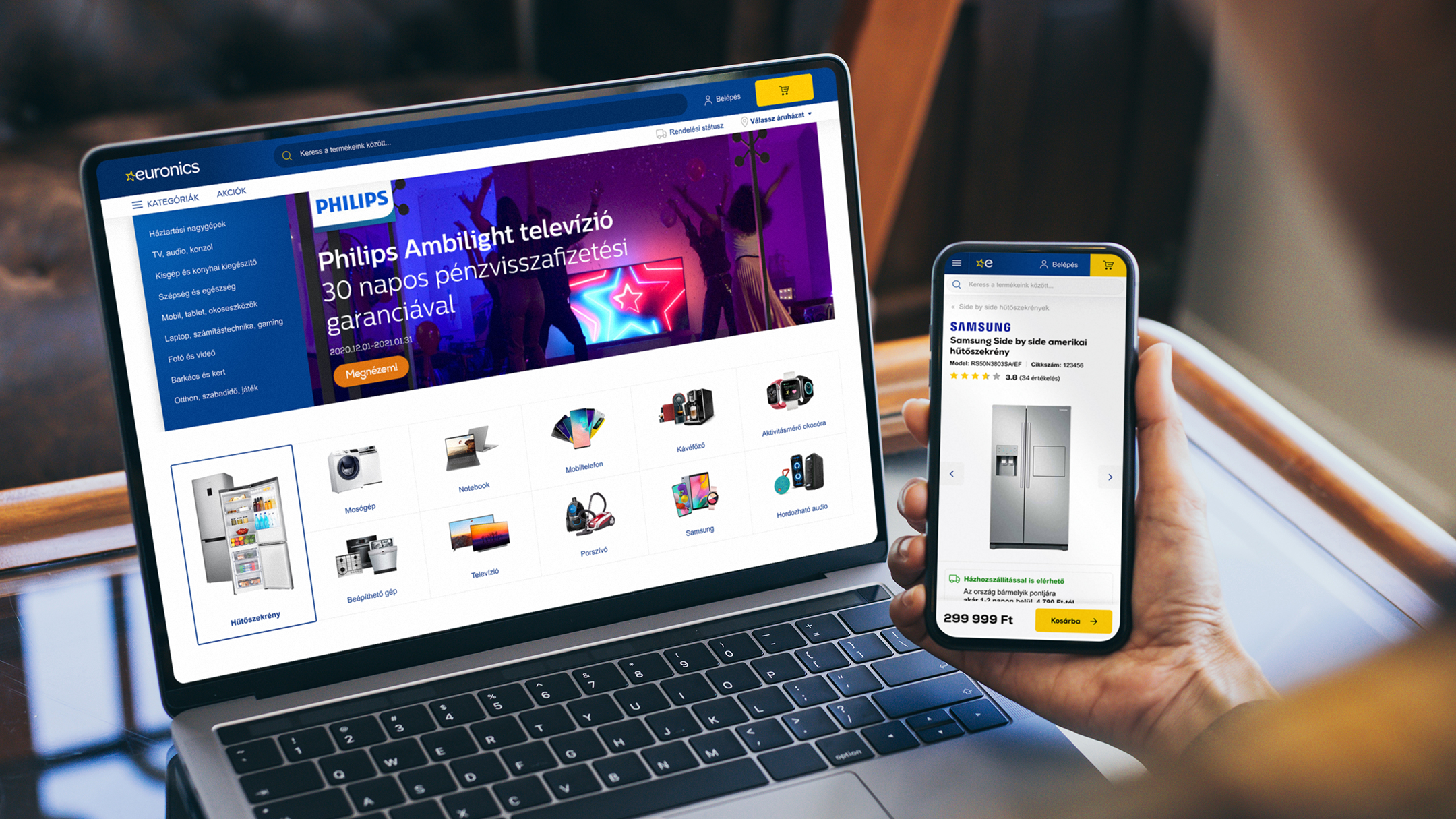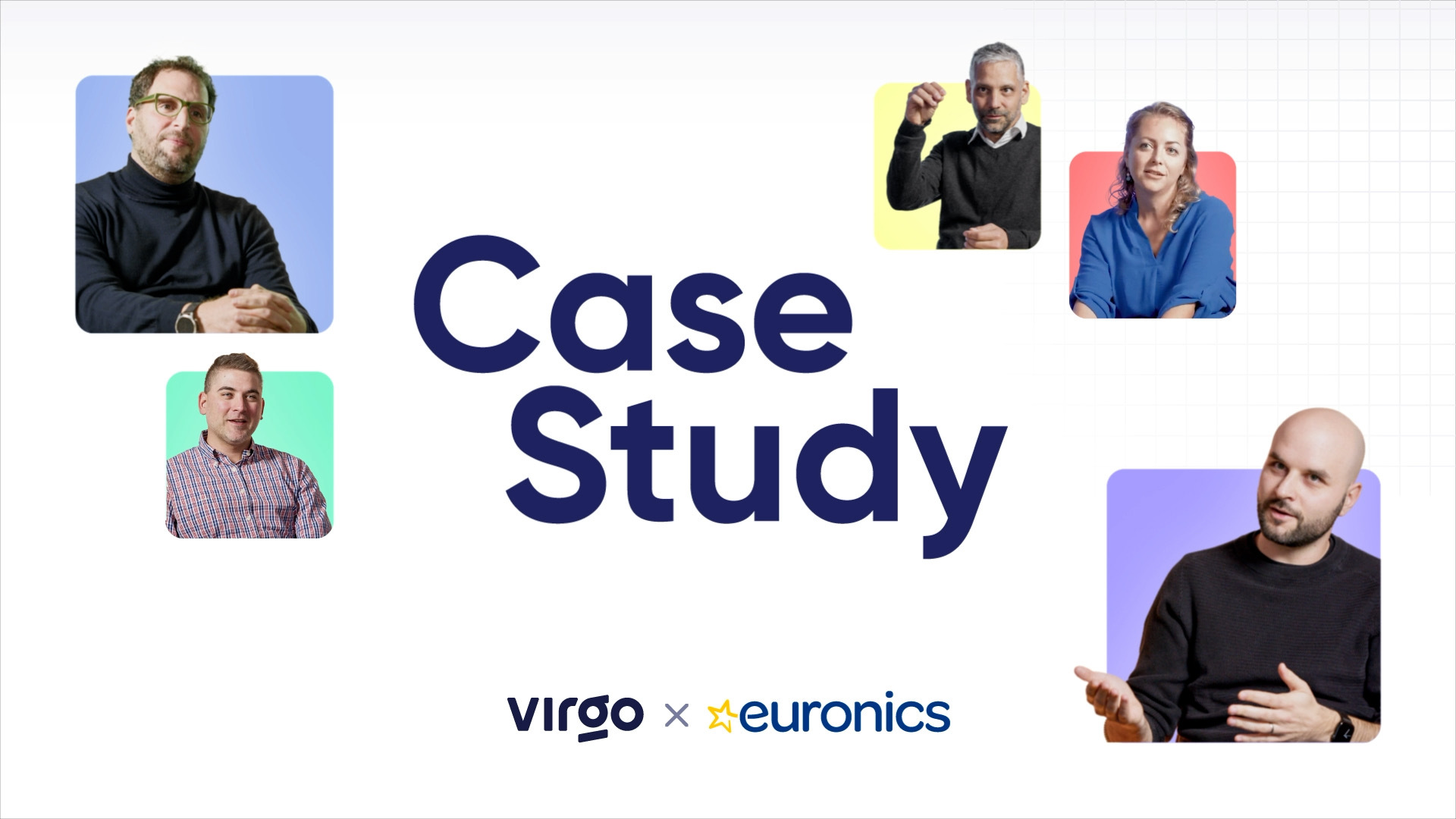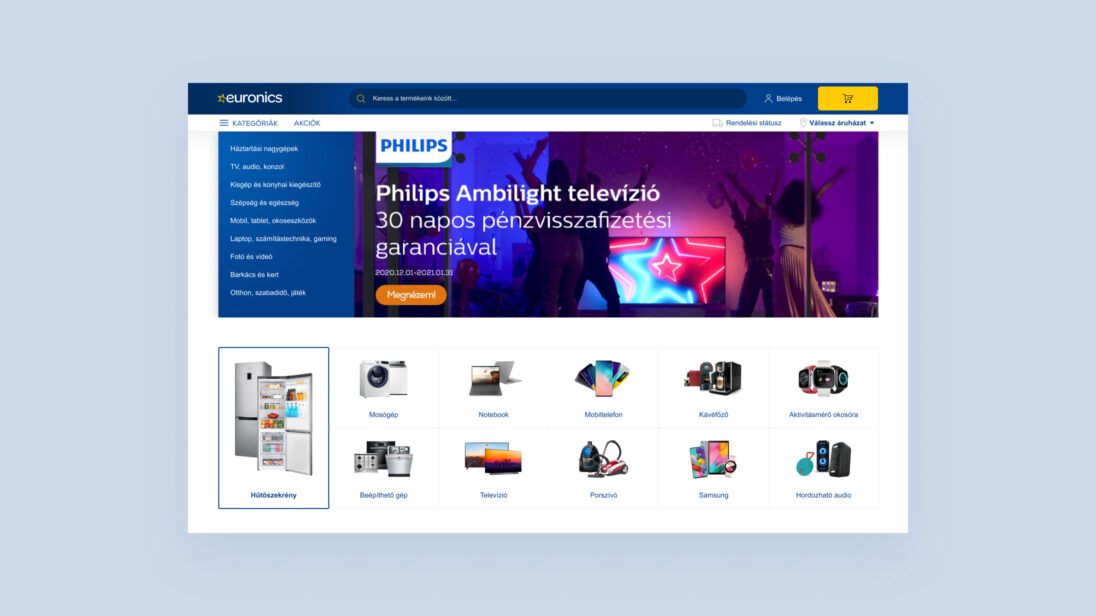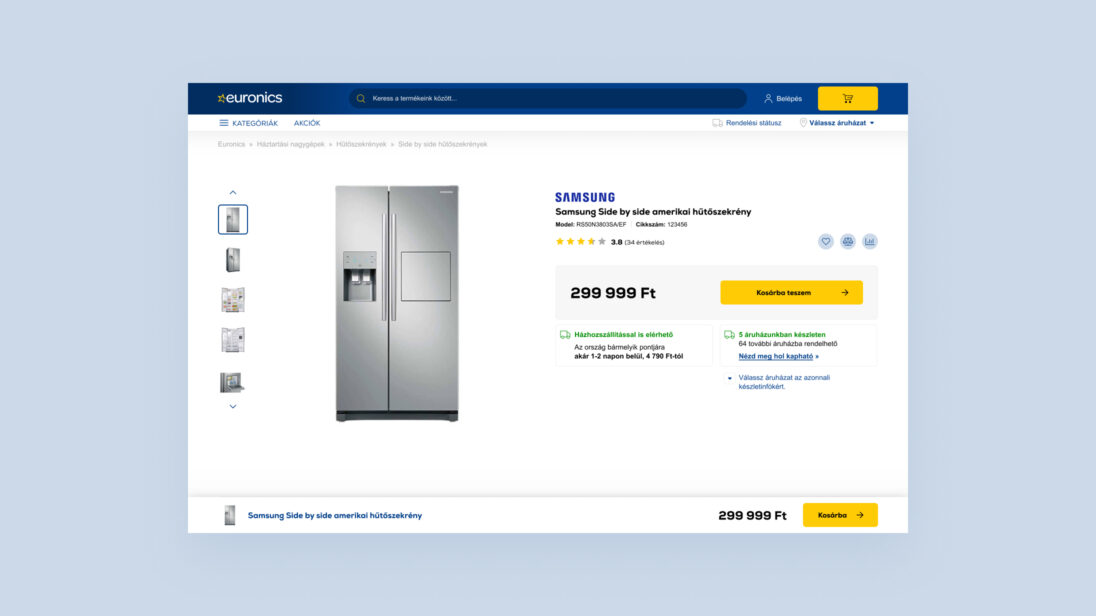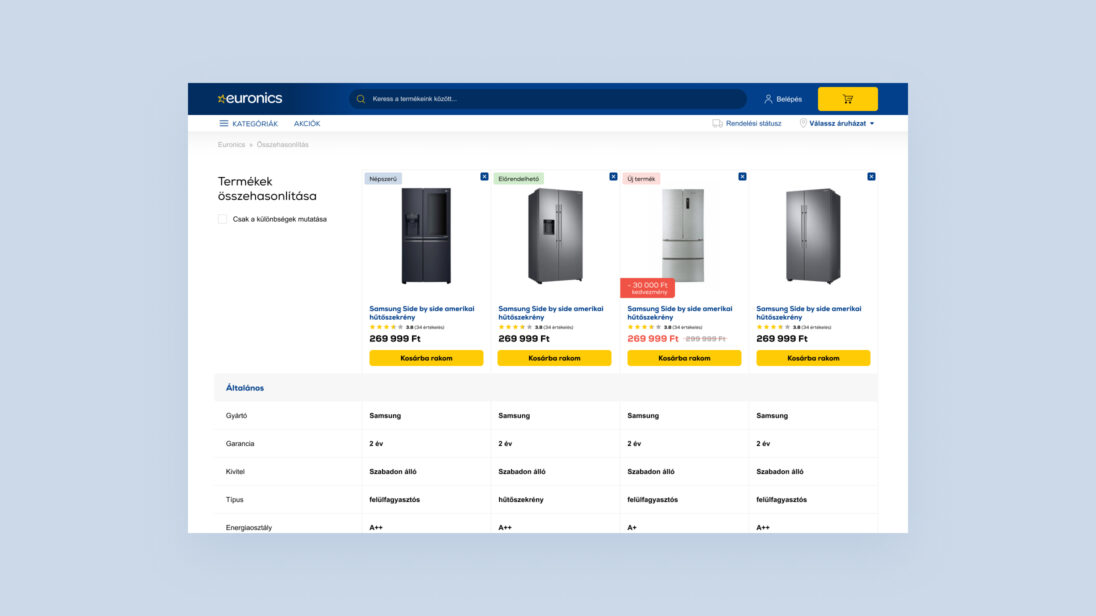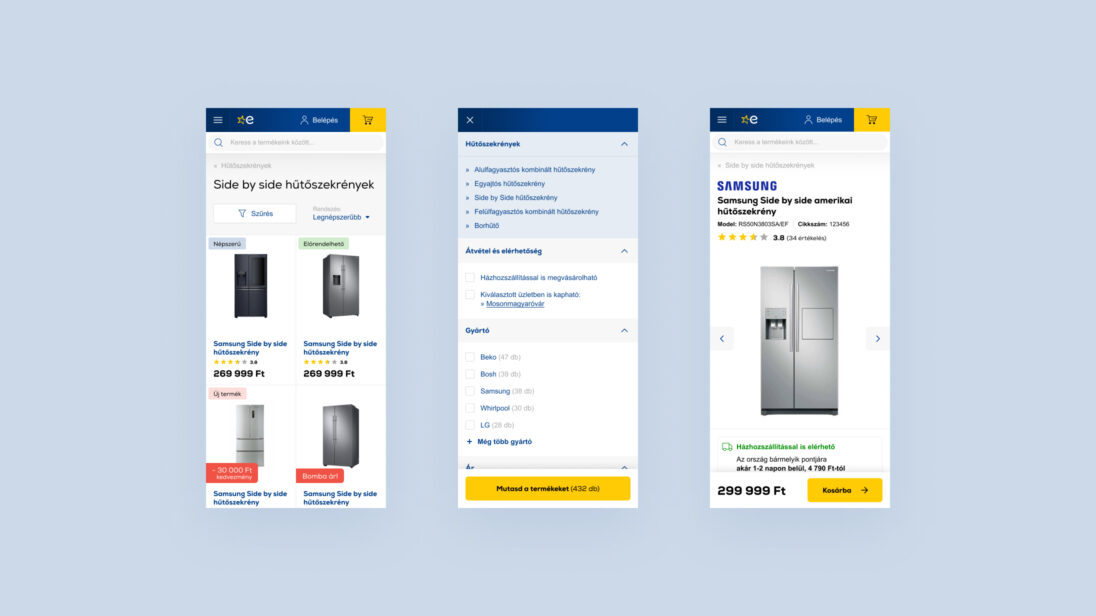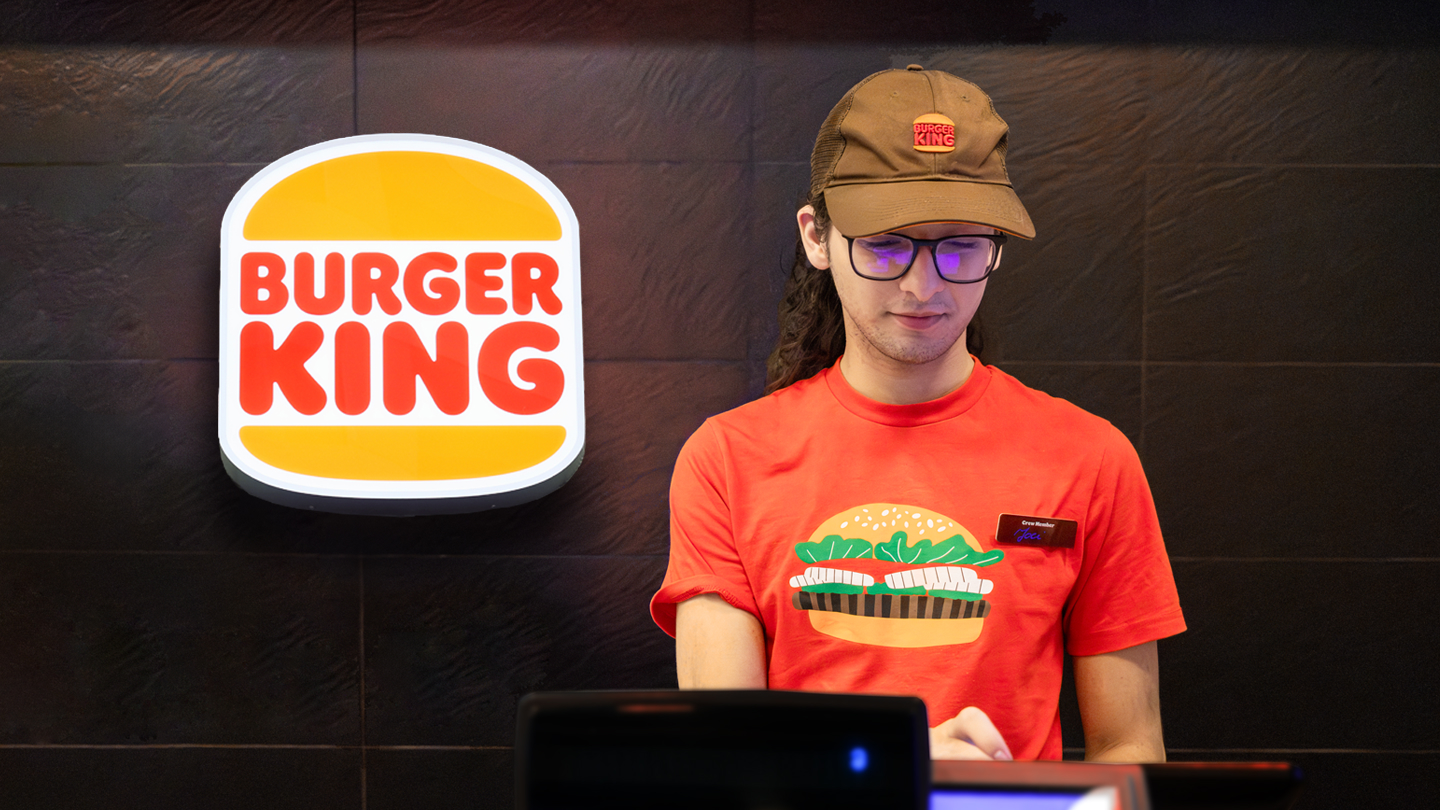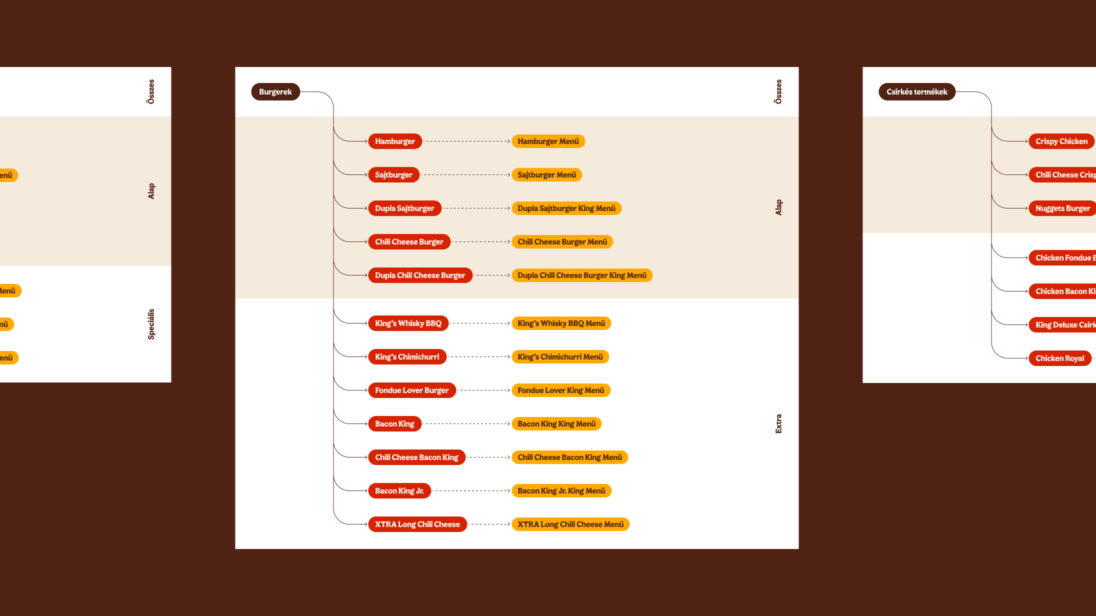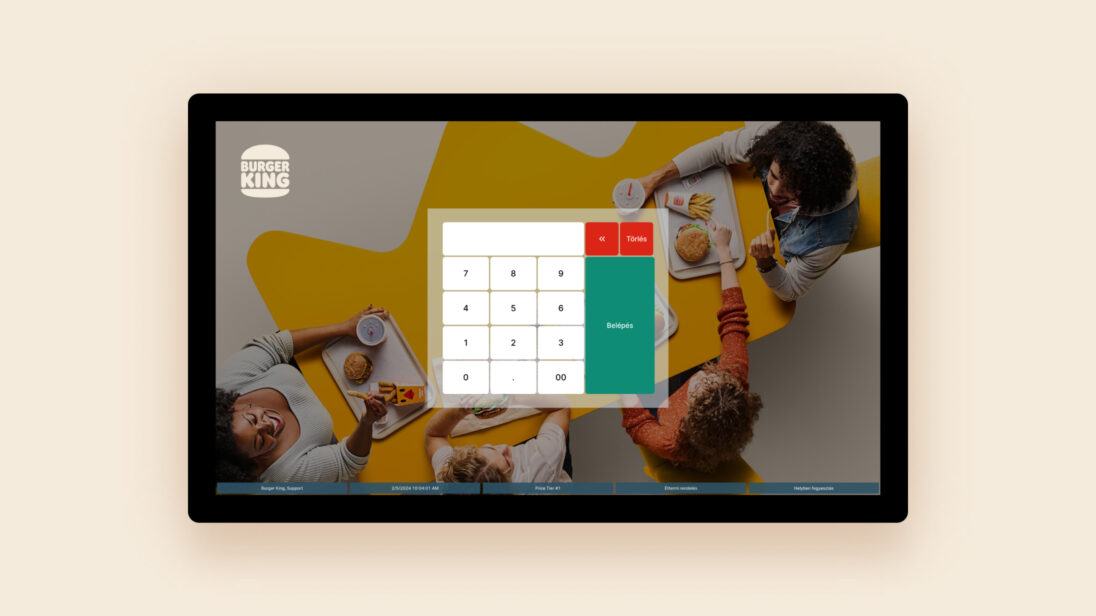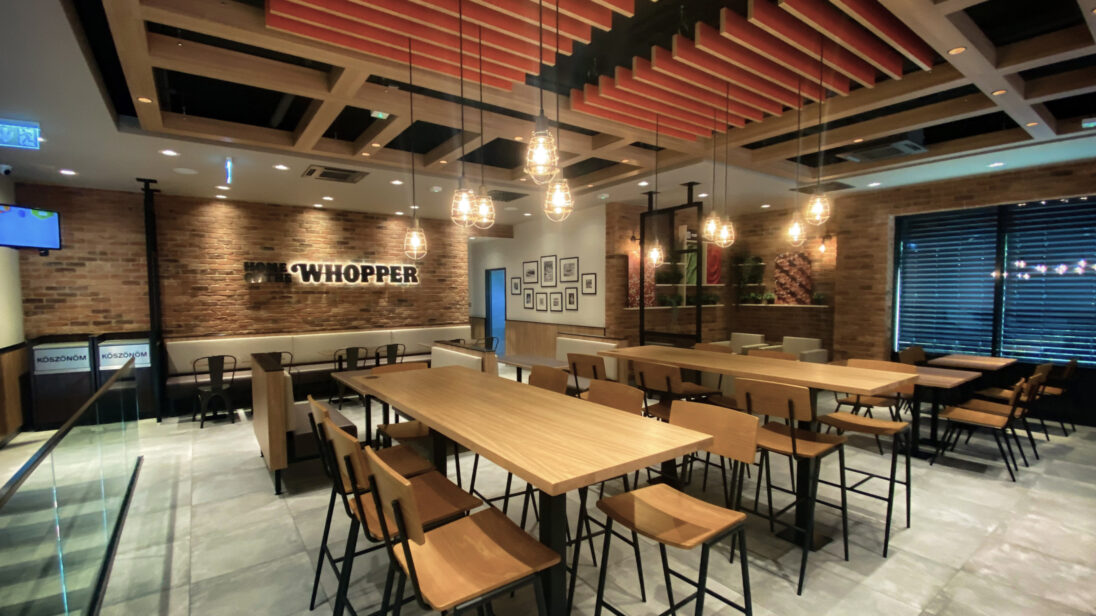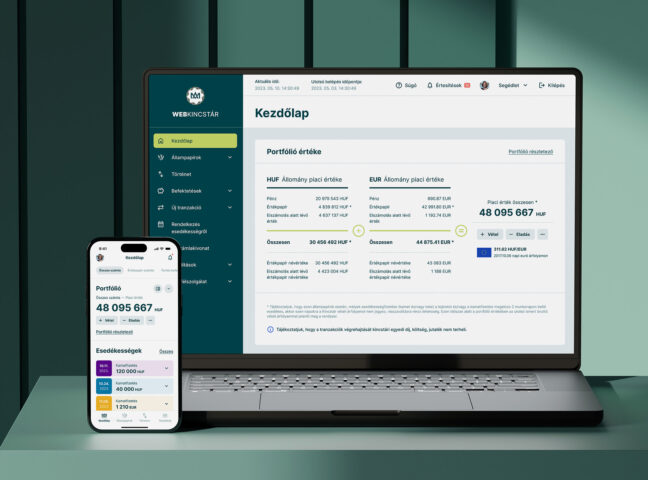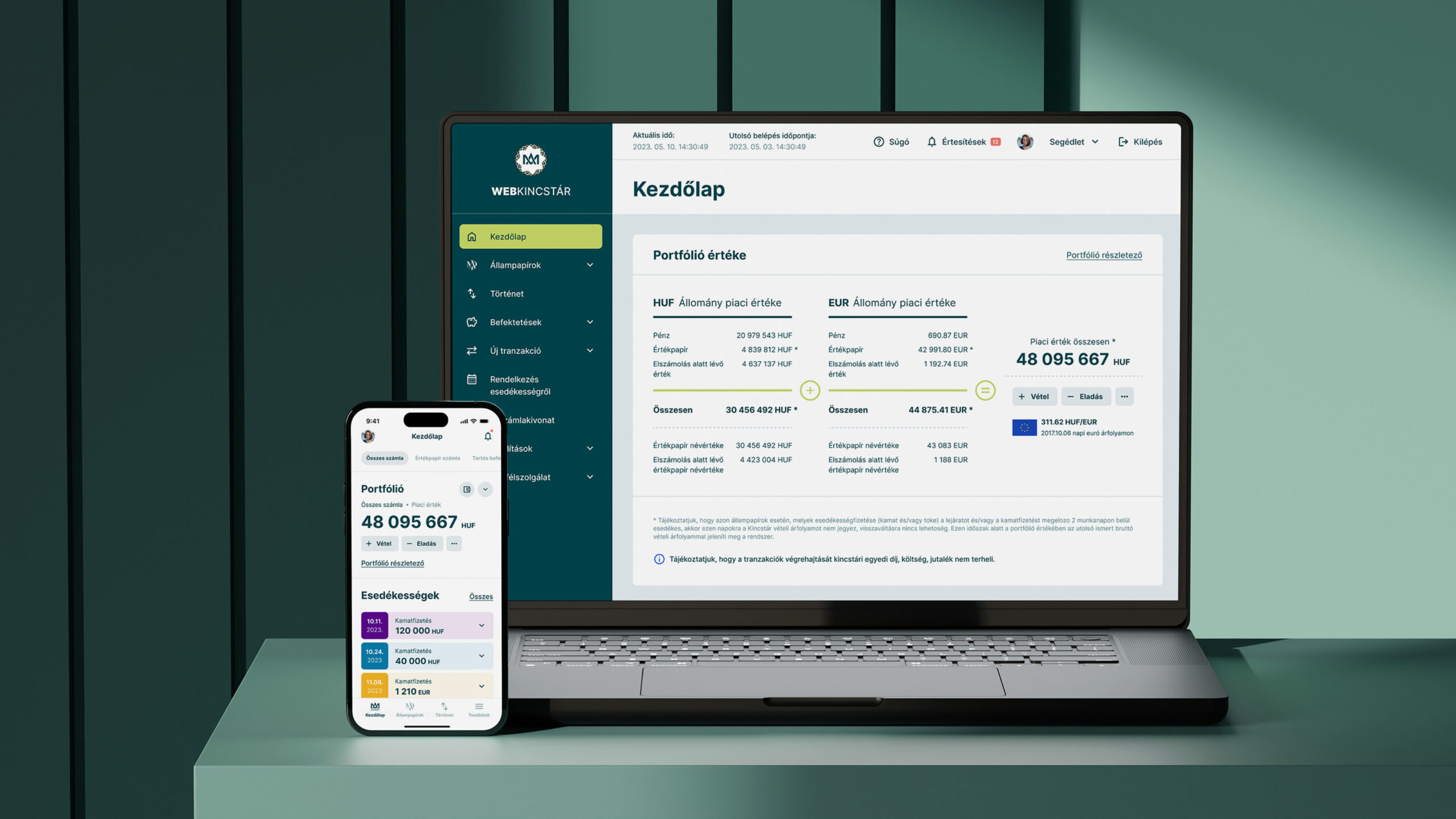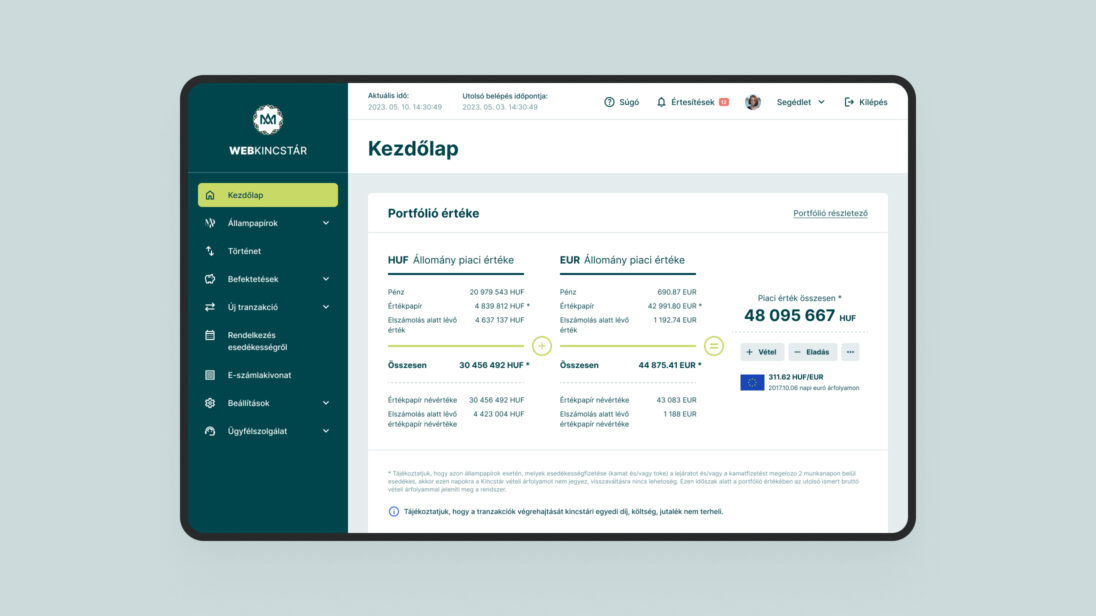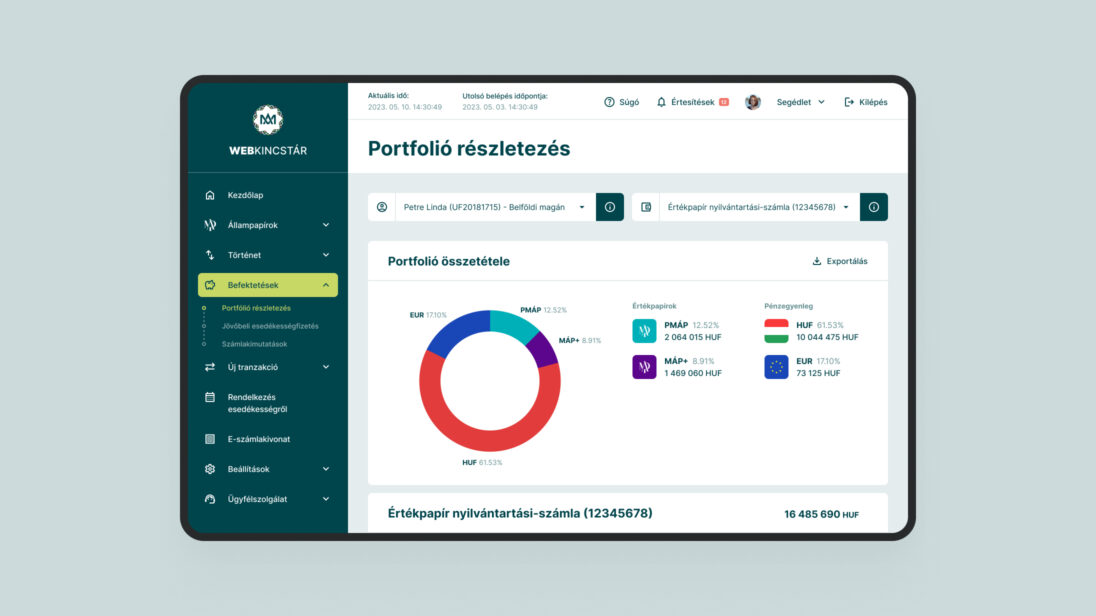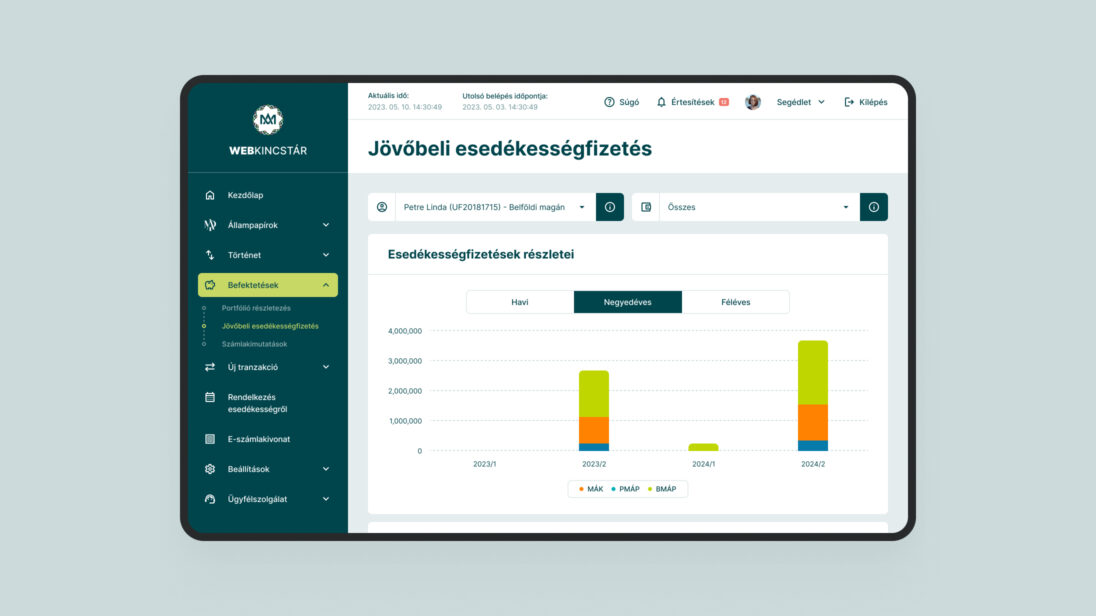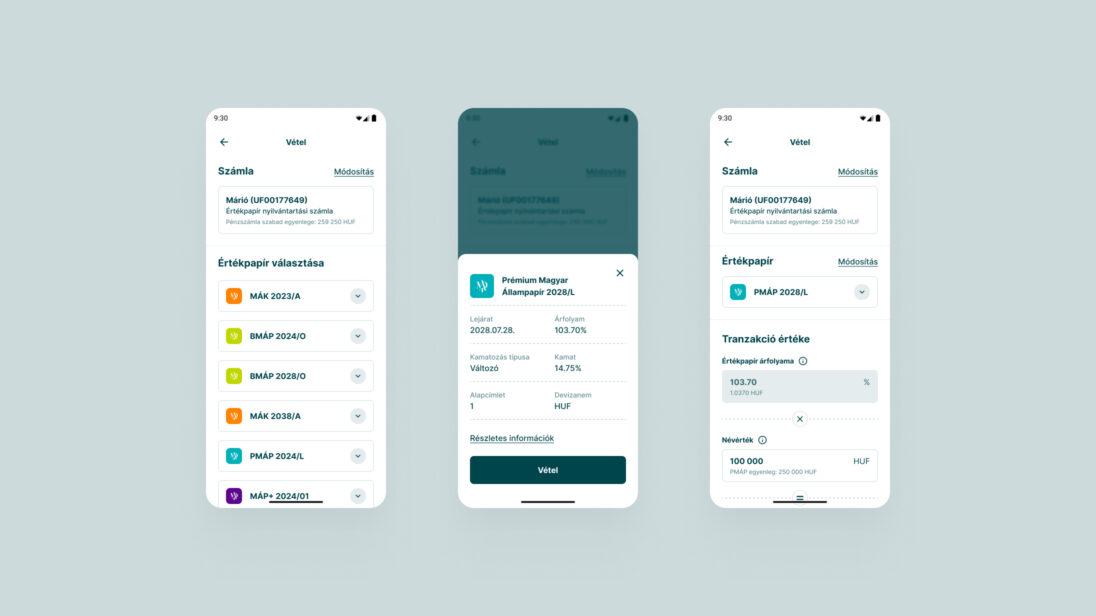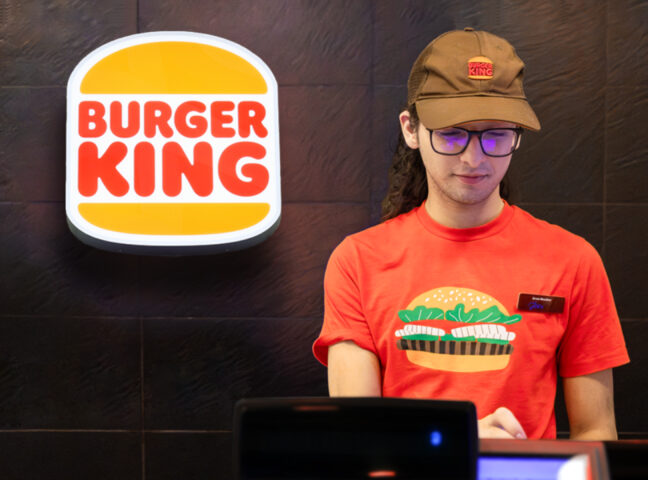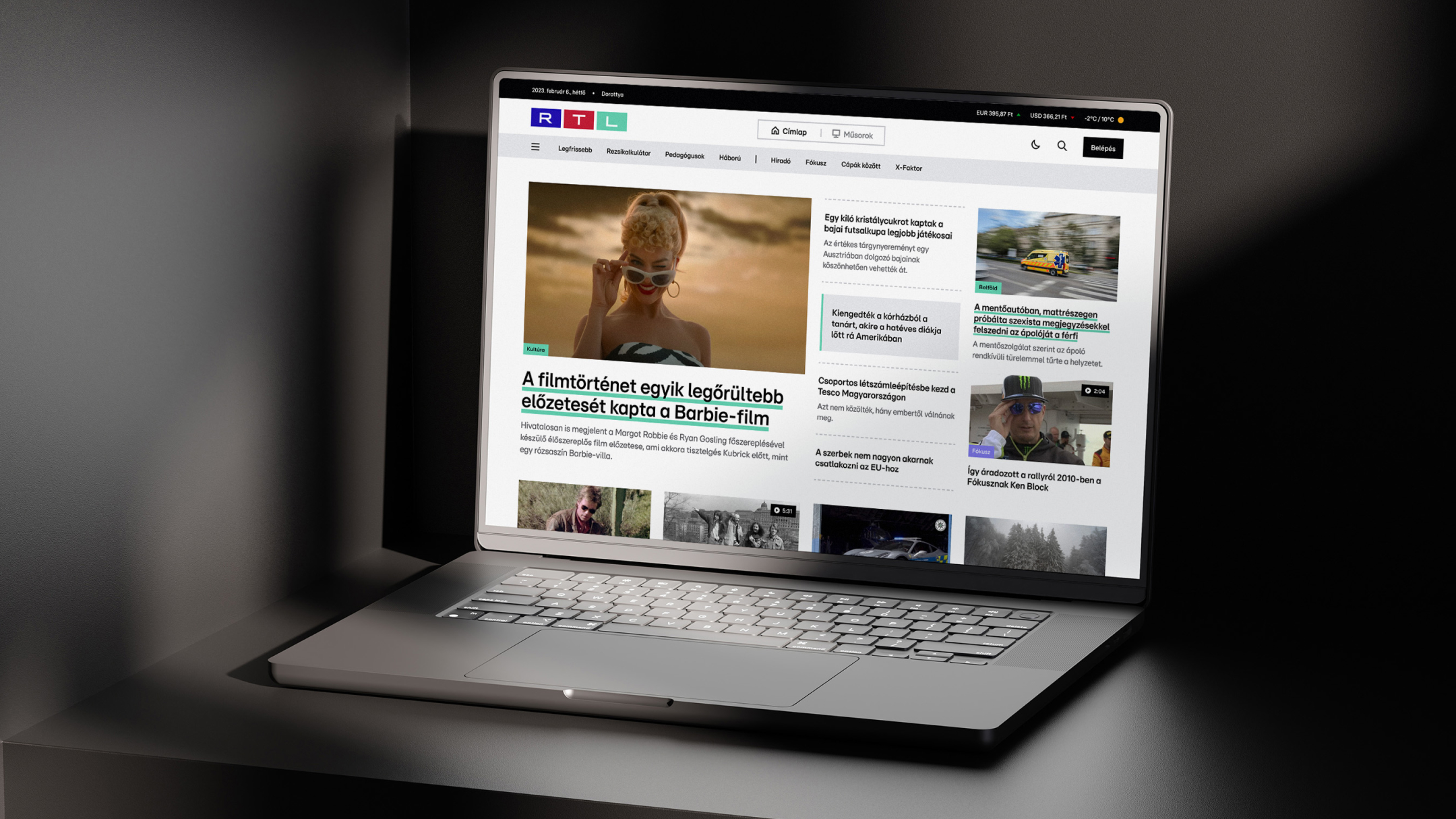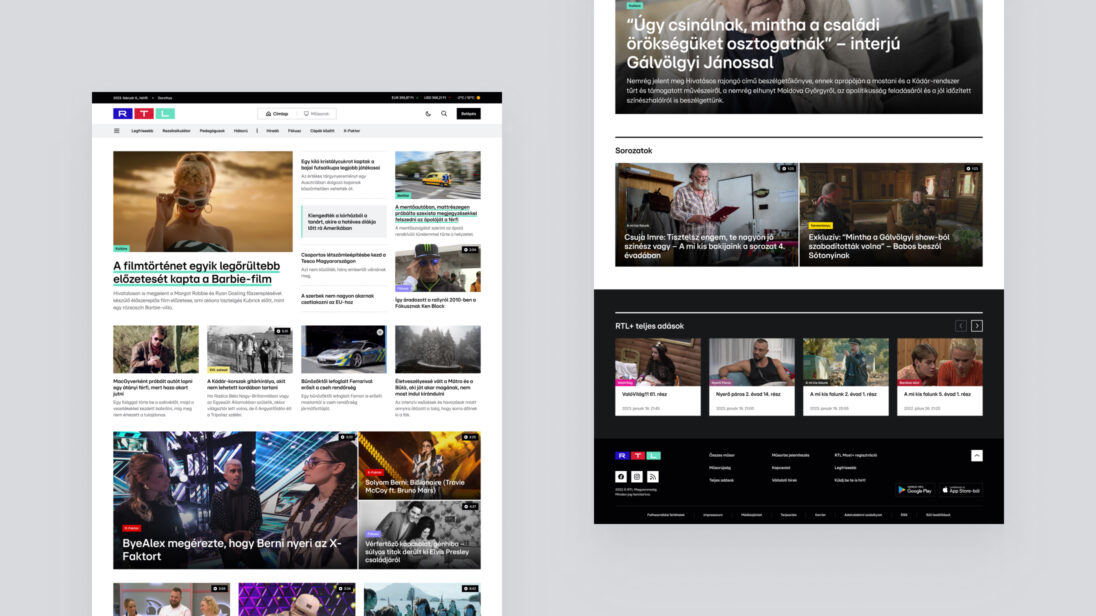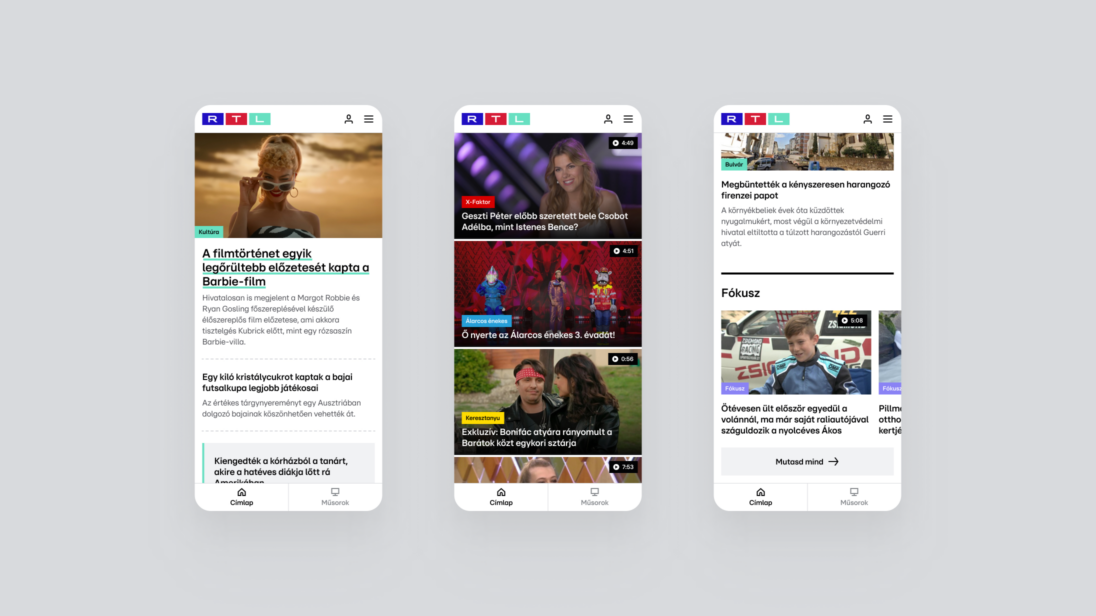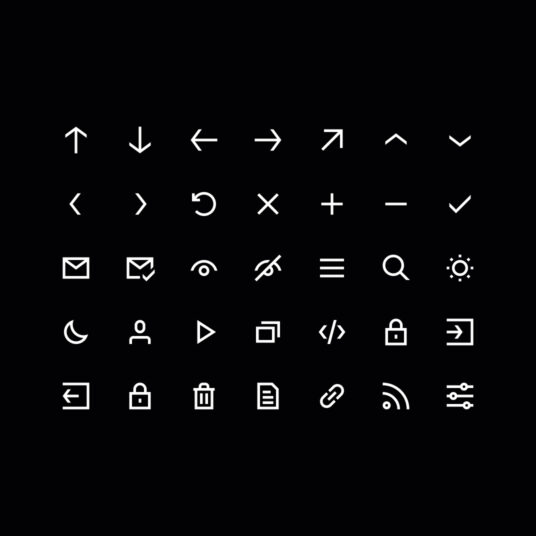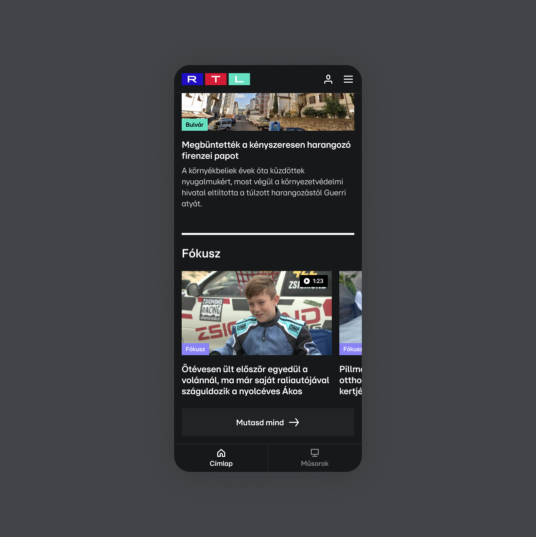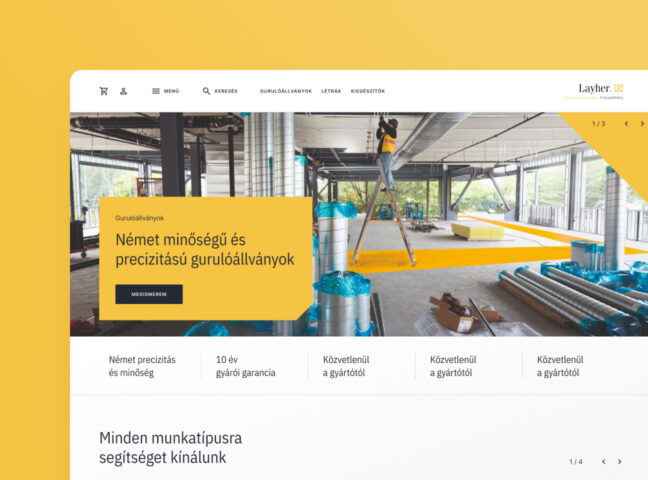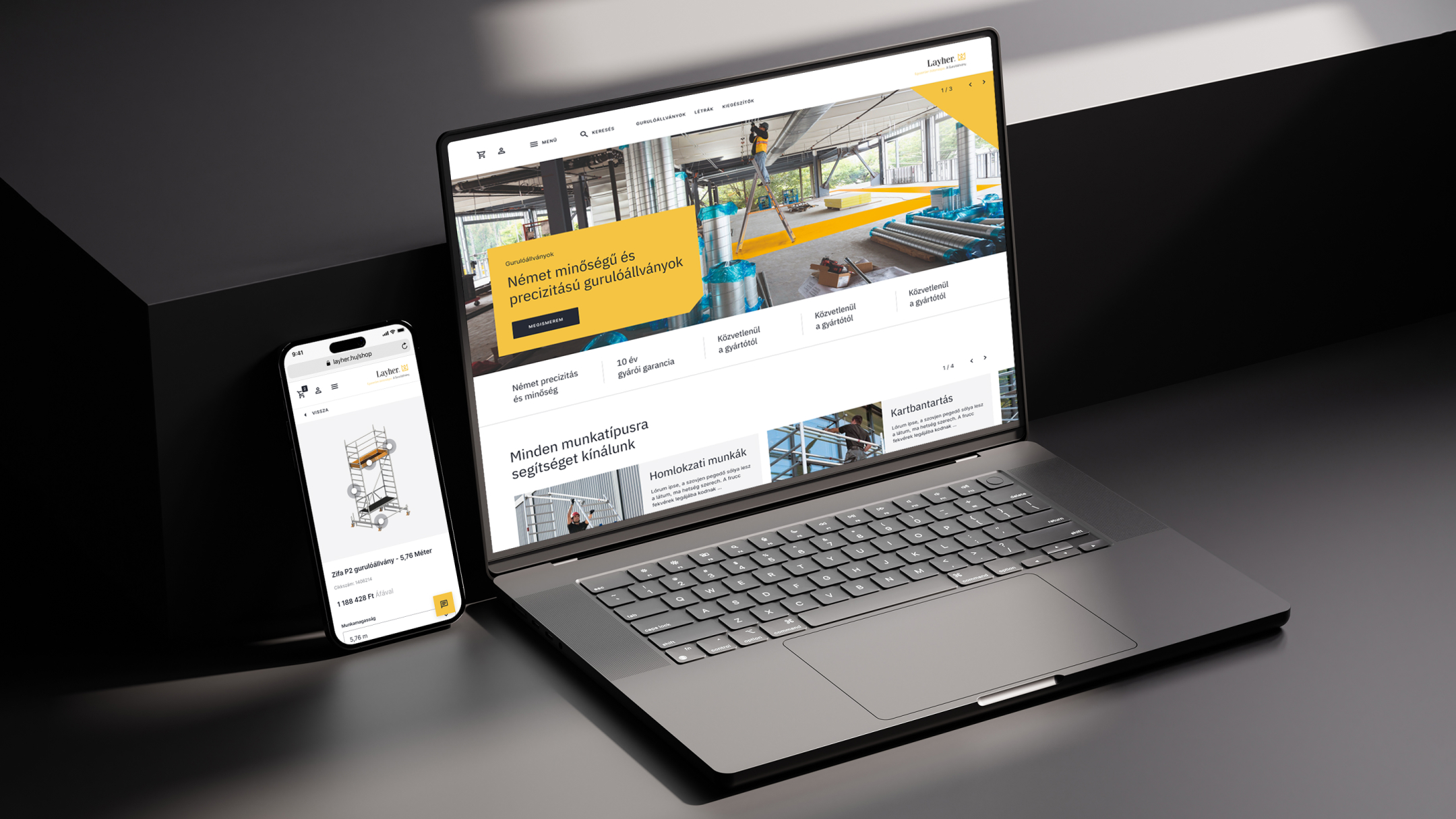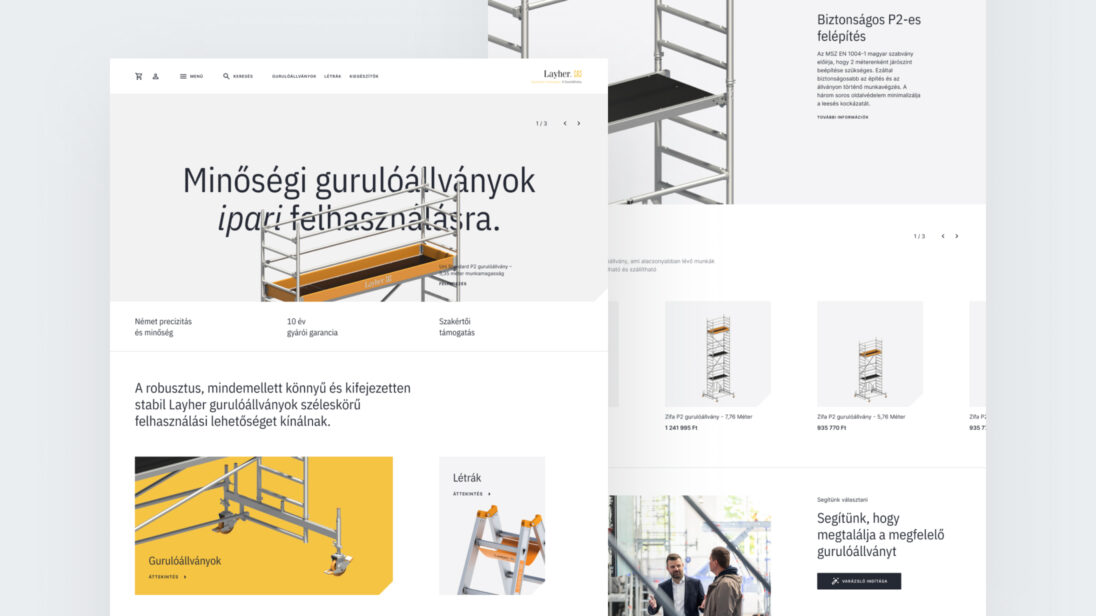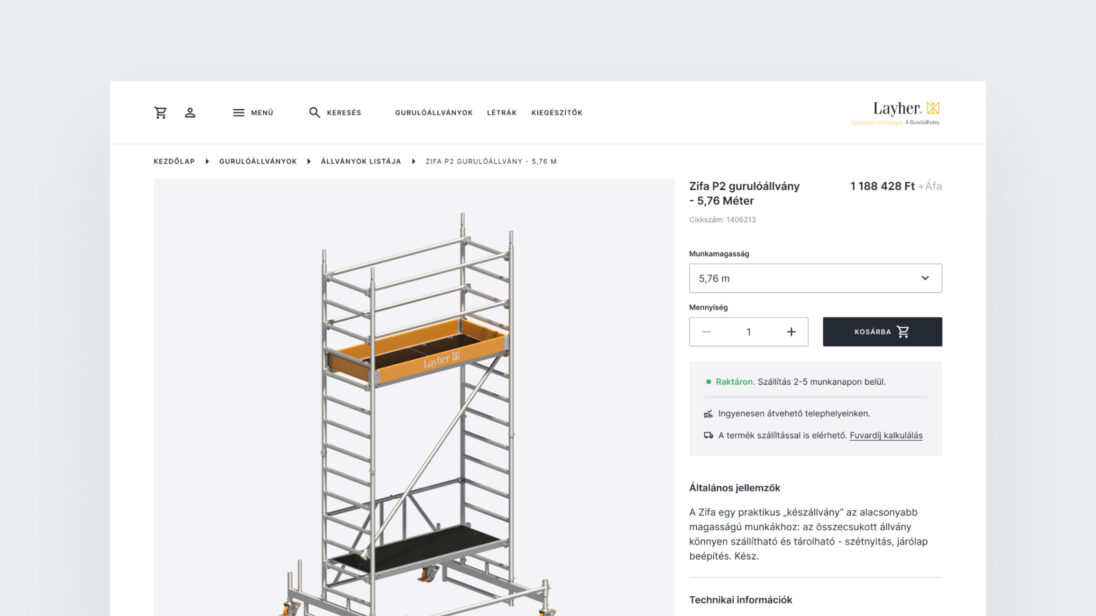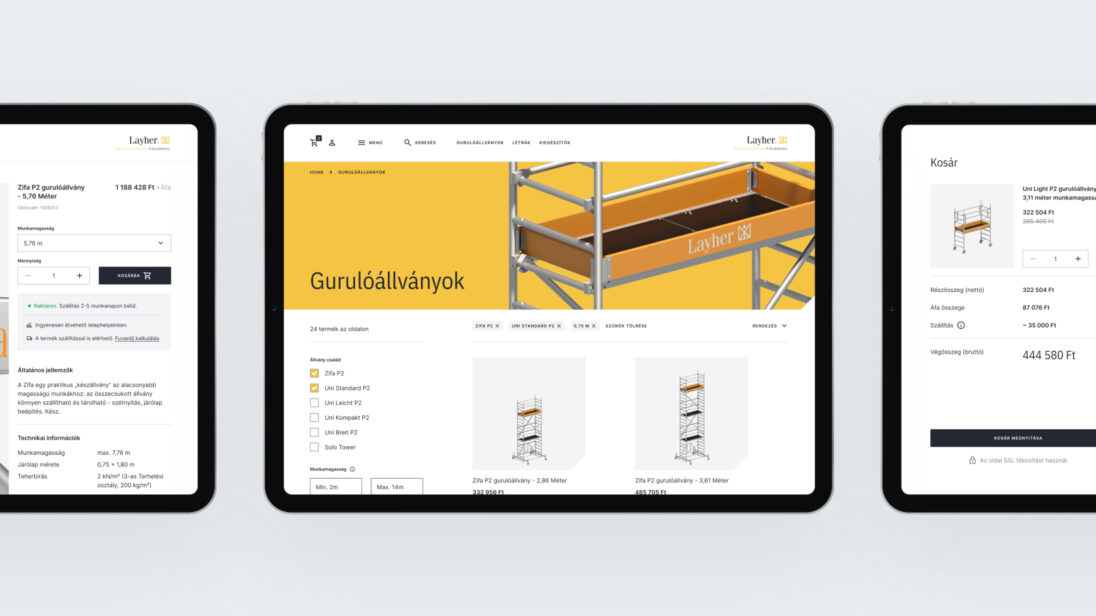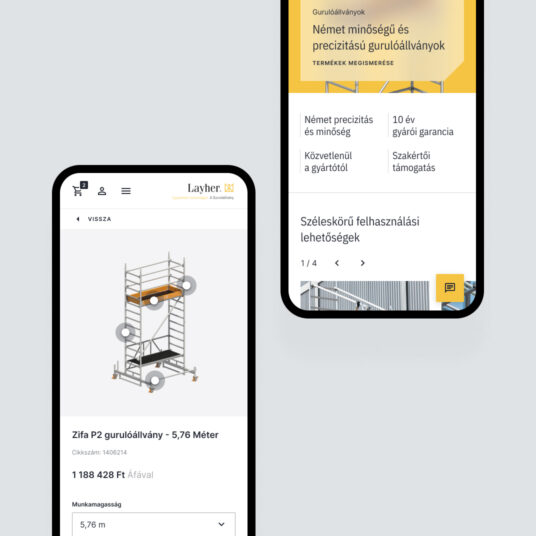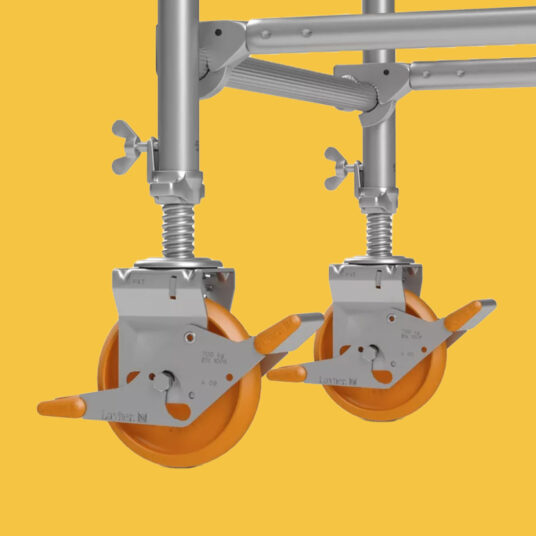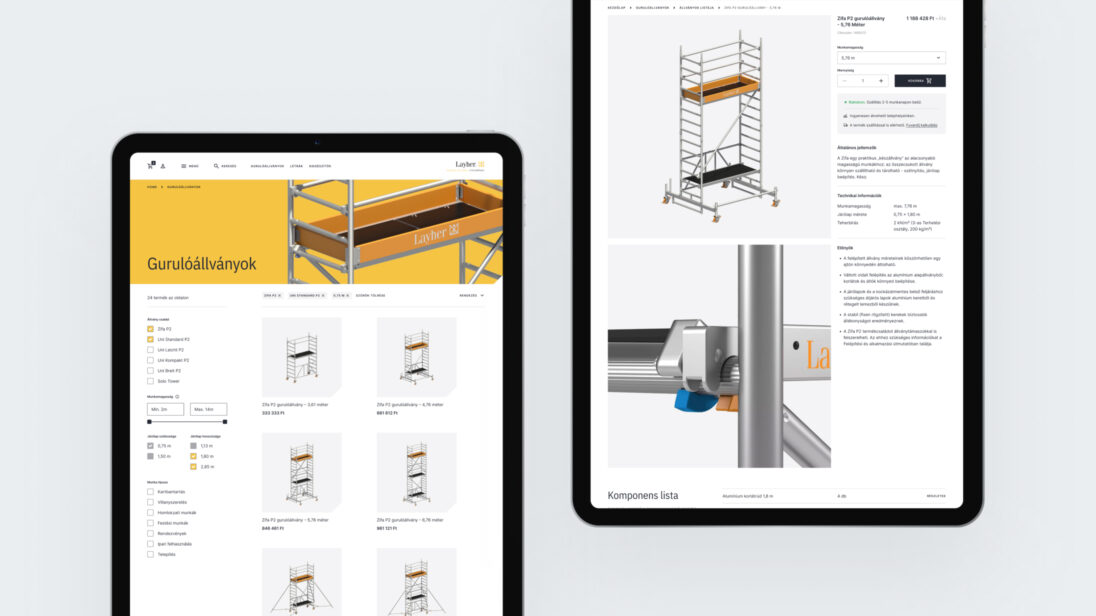Challenges
Redesigning the Euronics webshop came with several complex challenges. Our goal was to create a modern, user-friendly platform that not only provides an outstanding shopping experience but can also manage complex product categories and a catalogue of tens of thousands of products. We had to harmonize clarity, fast navigation, and visual appeal while ensuring the webshop worked smoothly across all devices. Responsive design, fast page loading, and the integration of both online and offline shopping needs were key to success.
From a technological standpoint, one of the biggest challenges was integrating both existing and new third-party systems and ensuring seamless data flow. We placed particular emphasis on establishing effective communication channels with various partners to identify bottlenecks and collaboratively develop targeted, long-term solutions.
Our team’s strength lies in our ability to quickly respond to changes, adapt flexibly to new situations, and ensure that no tasks “fall through the cracks.” We actively support the coordination of different departments and vendors, maintaining an end-to-end view of the process instead of focusing only on isolated programs or tasks. We strive for solutions that holistically support the client’s business goals.
Thanks to our market experience, we stay up to date with trends, understand the opportunities, pitfalls, and challenges. We don’t just deliver software—we stay by our clients’ side long term: operating, fine-tuning, and continuously improving systems to maximize their value. For us, success means establishing and maintaining stable, long-term partnerships with our clients.







